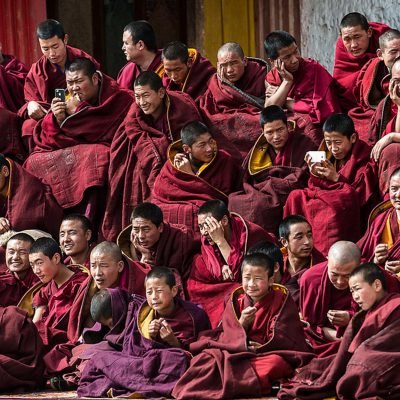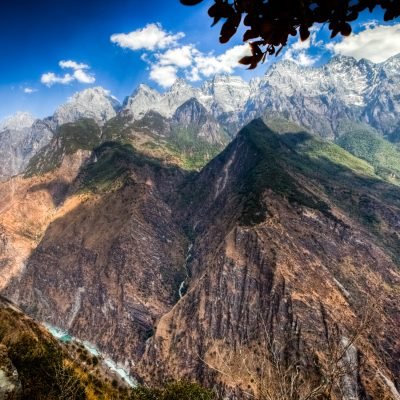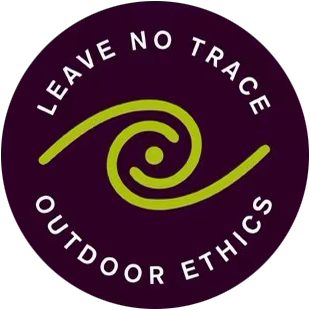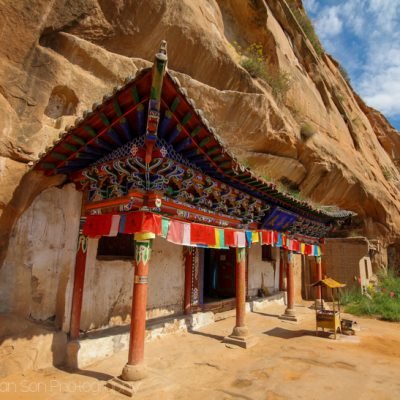
Top Ten Best Places in Gansu
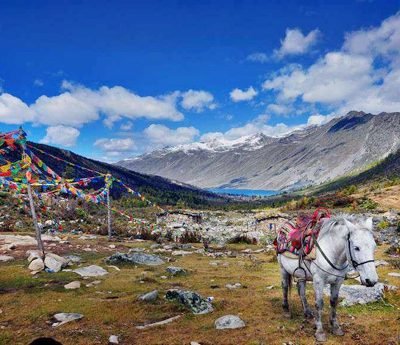
Top Ten Best Treks in Tibet
The Tibetan Plateau covers an area that is 4 times bigger than France. With an average elevation over 4,500m (14,800 [...]
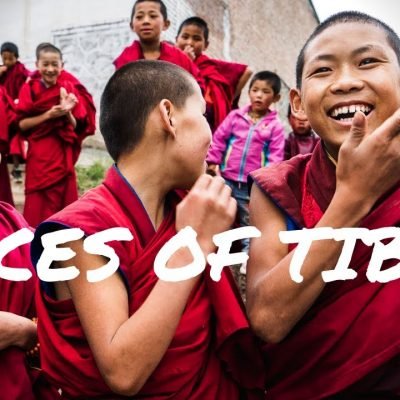
Faces of Tibet Video

Jiuzhaigou National Park
Jiuzhaigou is home to nine Tibetan villages and that is where it's Chinese name, 九寨沟 ,comes from. Jiuzhaigou is a nature reserve and national park located [...]
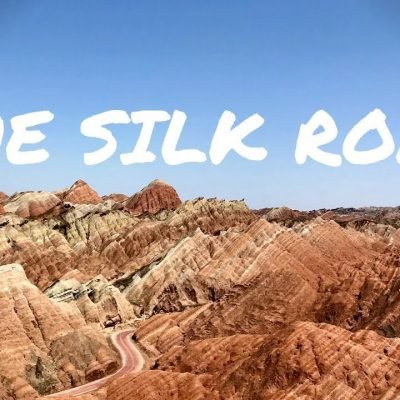
The Silk Road of Zhangye Video
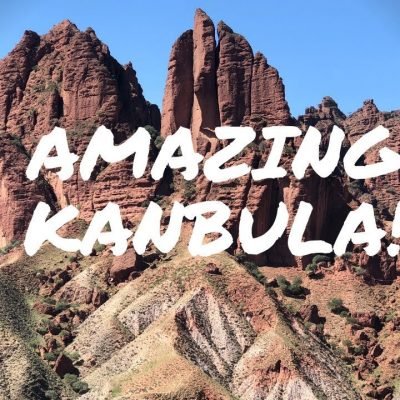
Amazing Kanbula Video
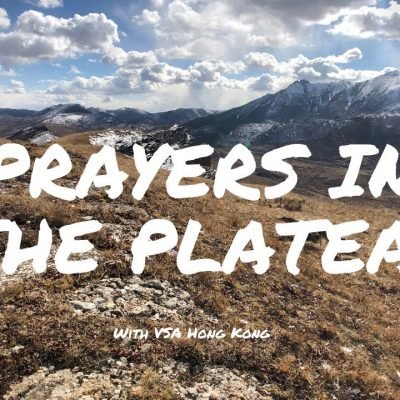
Prayers in the Plateau with VSA Hong Kong

The Many Flavors of Xining Video
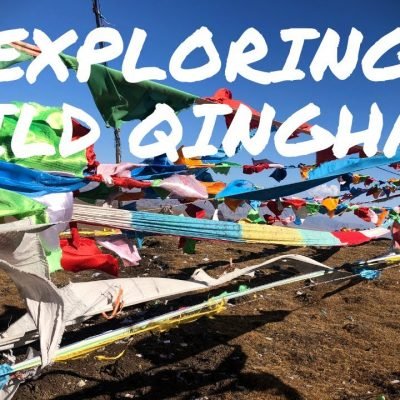
Exploring Wild Qinghai Video
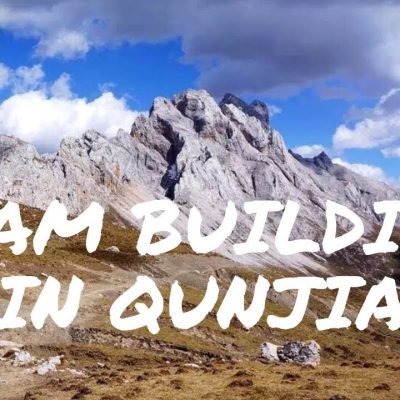
Team Building in Qunjia National Park Video
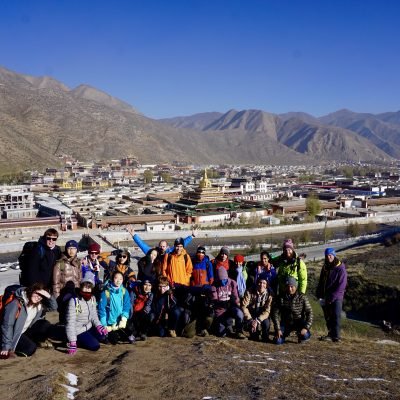
Outdoor Classroom Team building 户外团队建设课程
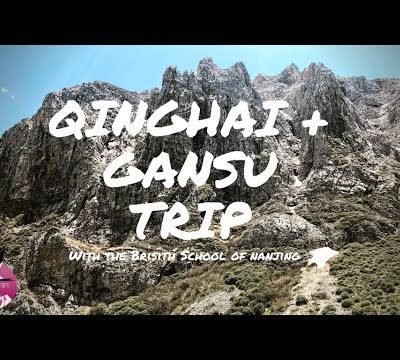
The British School of Nanjing, Qinghai and Gansu Trip Video
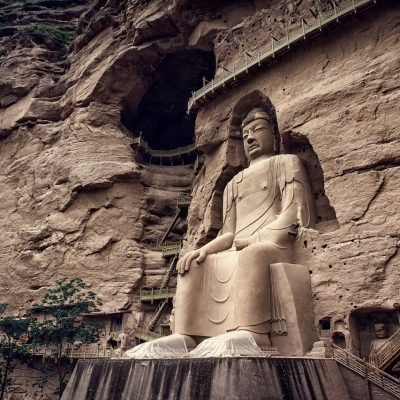
Bingling Temple
The Bingling Temple (simplified Chinese: 炳灵寺; pinyin: Bǐnglíng Sì) is a series of grottoes filled with Buddhist sculptures carved into natural caves and [...]
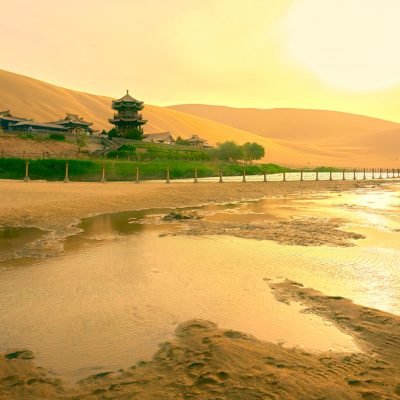
Dunhuang
Dunhuang is a Silk Road trading town that offers vast stretches of open desert, camel rides, a great walking night market, [...]
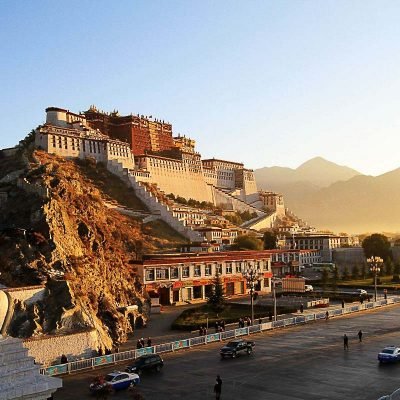
Top Ten things that a foreigner should know when visiting Tibet
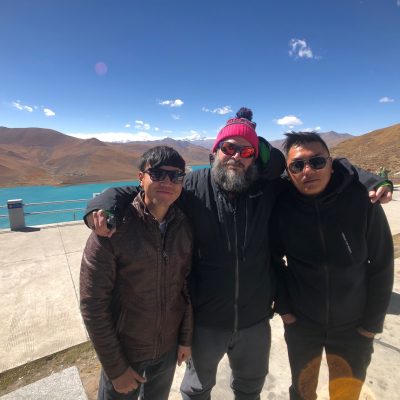
What exactly is team building?
Introduction
Team building through “experiential education” is an exciting way of discovering human potential and the larger world around us. [...]
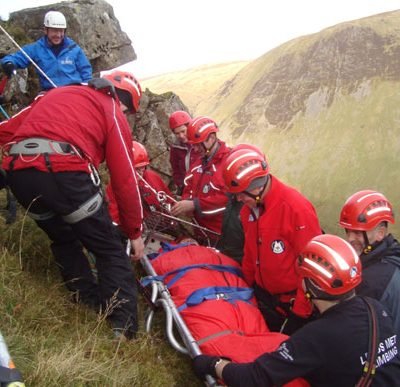
The six most common wilderness injuries that you should know how to treat
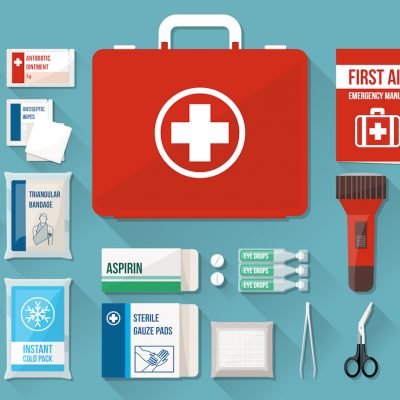
What do you need in your First Aid Kit?

10 Most Legendary (And Infamous) Travelers In History
“If you’re twenty-two, physically fit, hungry to learn and be better, I urge you to travel – as far and as widely as possible. [...]

Taking the Train in China: What You Can Expect
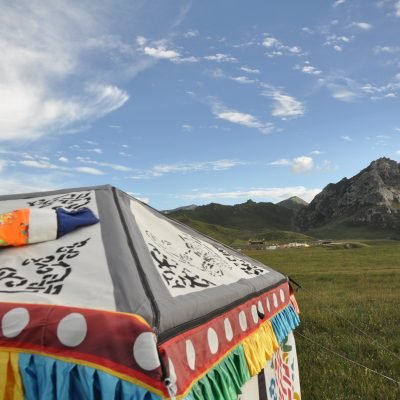
What is it like to sleep in a Tibetan nomad tent?
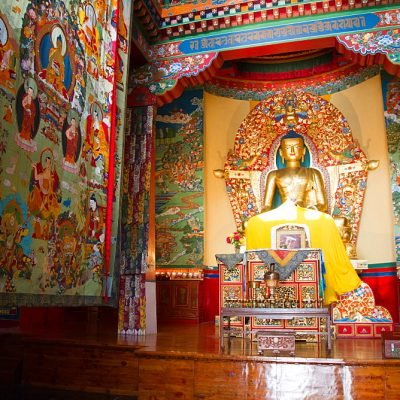
What does the inside of a Tibetan monastery look like?
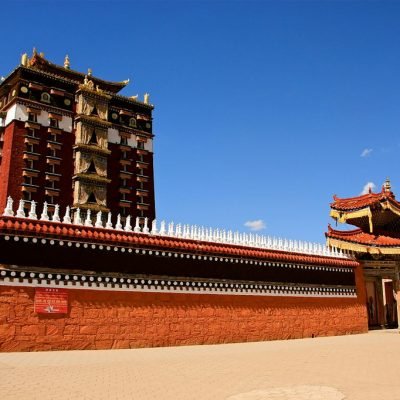
Hezuo
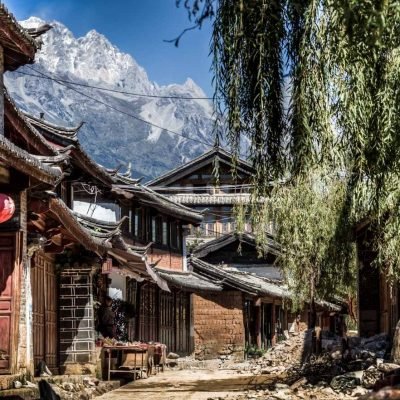
Lijiang
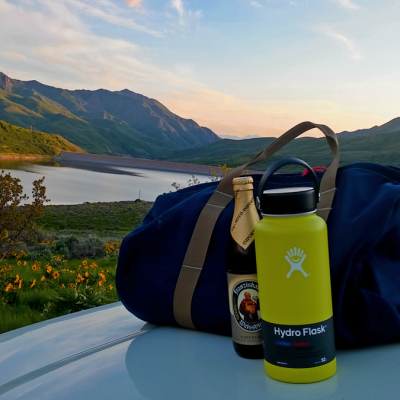
Win a brand new HYDRO FLASK!
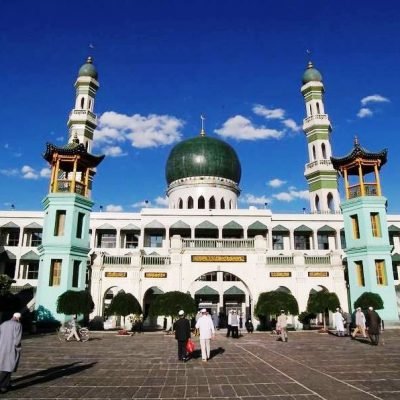
Islam in Western China
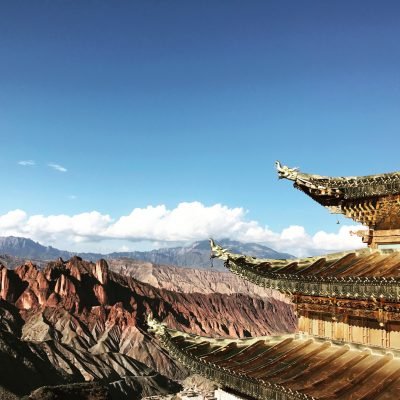
Kanbula National Park
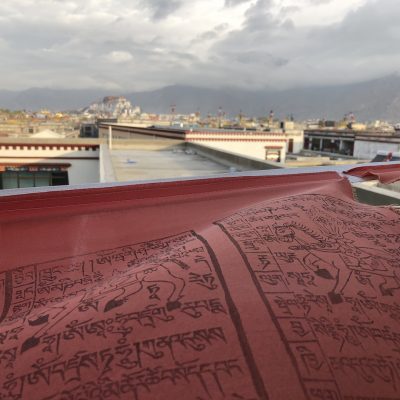
The Potala Palace
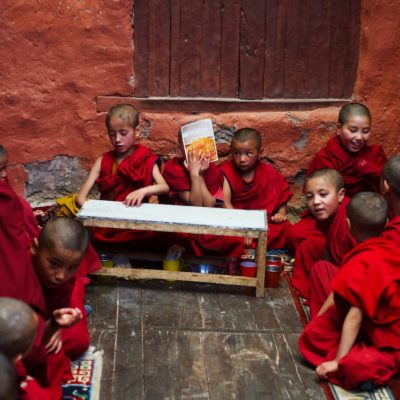
Lhasa
Lhasa (Chinese Name: 拉萨 (lā sà) is the capital and largest city in Tibet. Founded in the 5th century and largely [...]
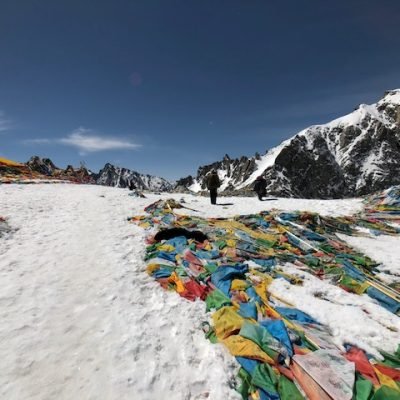
The Complete Packing List for Mount Kailash
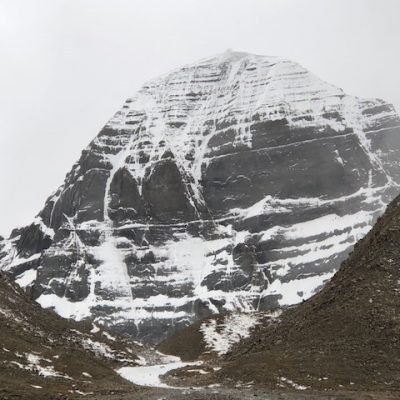
Trekking Mount Kailash
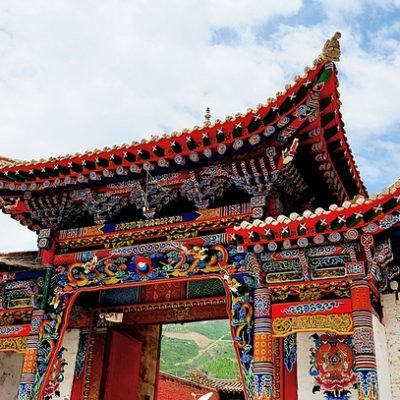
Exploring Wild Qinghai
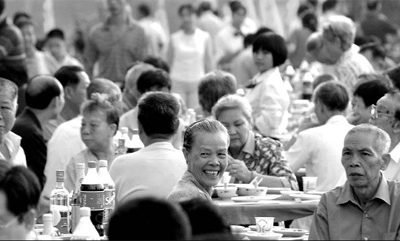
This Chinese Grandma is Blowing Everyone’s Mind!
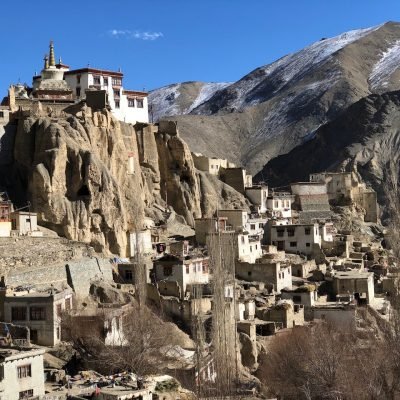
Seven Incredible Days in Ladakh!

The Best Snacks of Sichuan
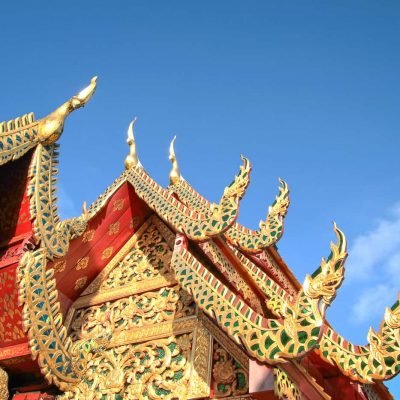
Chiang Mai, Thailand
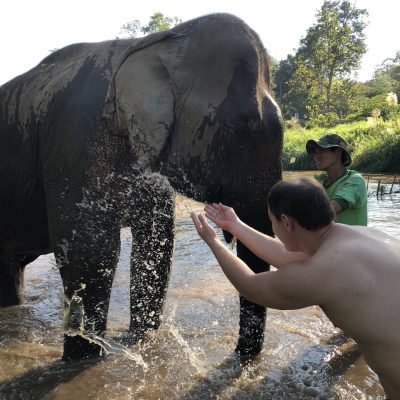
Should I ride an elephant in Thailand?
What is the deal with riding and washing elephants in Thailand?
From intricately designed temples to one of Thailand’s most famous [...]
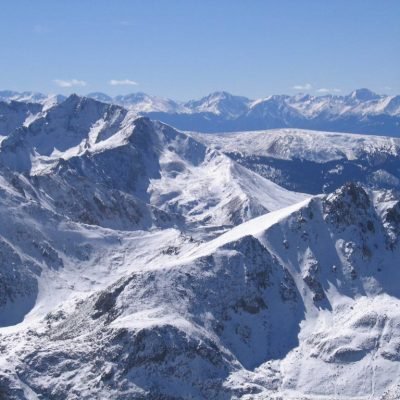
Acclimatization in Tibet
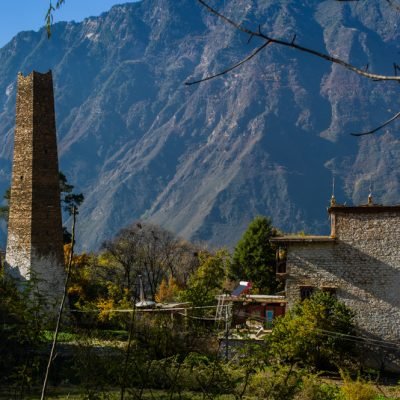
Danba
Danba 丹巴 is a small mountainous Tibetan town in a narrow valley in Ganzi Autonomous Prefecture in western Sichuan Province that is [...]
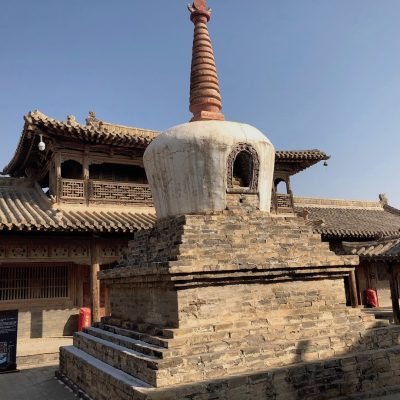
Qutan Monastery – another incredible day trip!
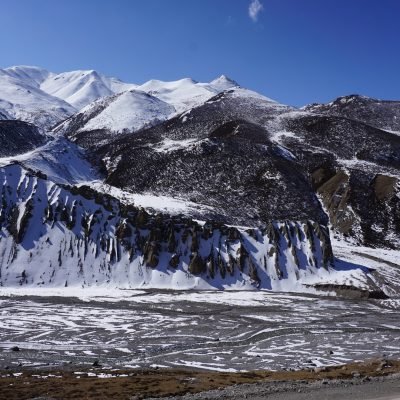
Dawu
Dawu or 大武镇 (in Tibetan known as Maqen) is the capital of Golok, also sometimes spelled "Golog". Golok is the highest area [...]
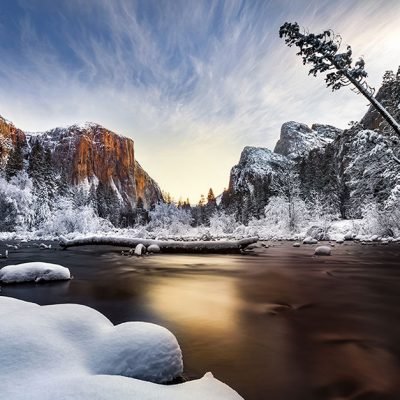
Twenty Five Quotes To Inspire You to Get Outside
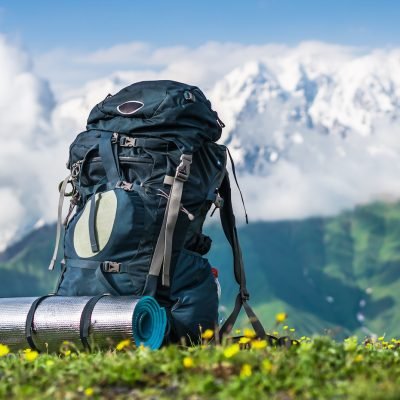
Ten Quick Tips on How to Pack a Backpack
A correctly organized backpack will make your hike even more comfortable. Regardless of how in shape you might be, incorrectly packing a [...]
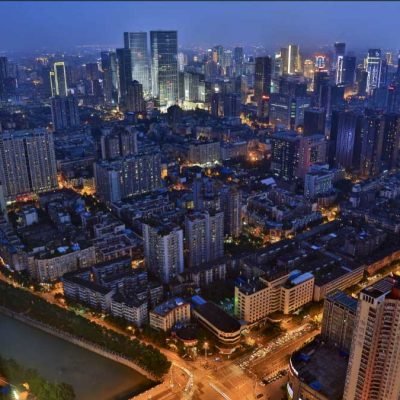
Ten things to know before visiting Chengdu
Home to more than 14 million people and roughly the size of Los Angeles, California, visiting Chengdu is a must for [...]
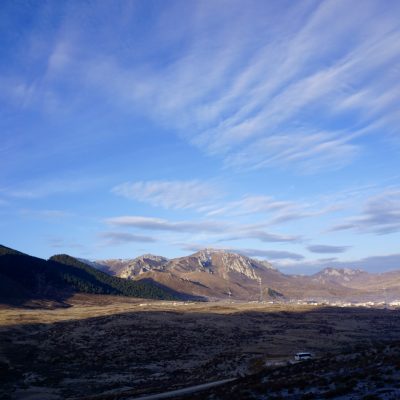
Langmusi (郎木寺) – Taktsang Lhamo (སྟག་ཚང་ལྷ་མོ་)
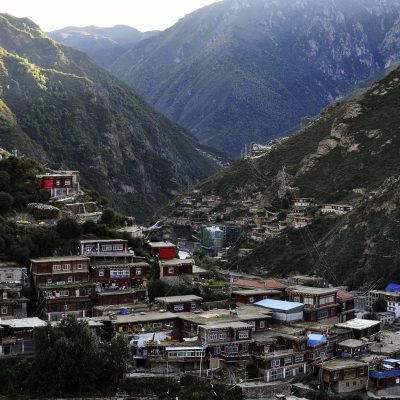
Dege སྡེ་དགེ (德格)
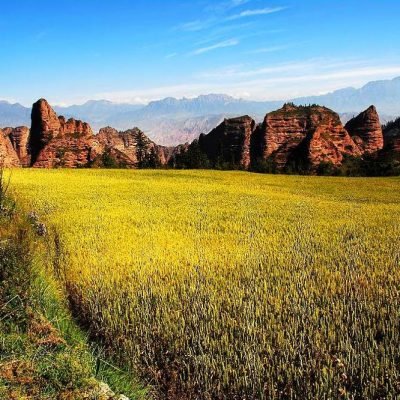
Watch our new video and see how we roll
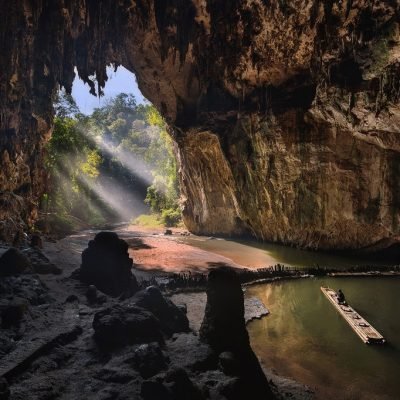
What is a “DDQ Wild”?
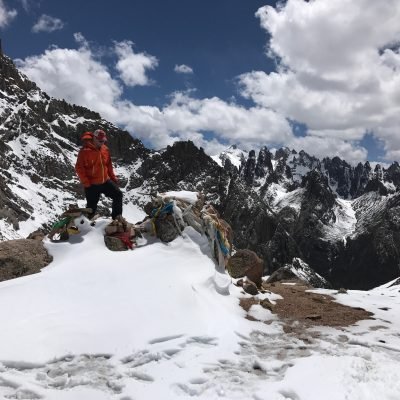
The jagged peaks and alpine lakes of Nyenbo Yurtse
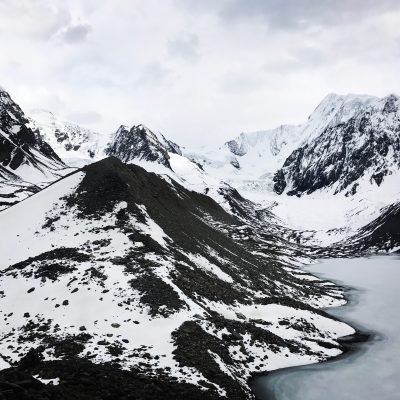
Six days of trekking bliss on Minya Konka
Minya Konka, or Mount GongGa, is the highest peak in Sichuan Province at 7,556 m (24,790 ft). This also gives it the [...]
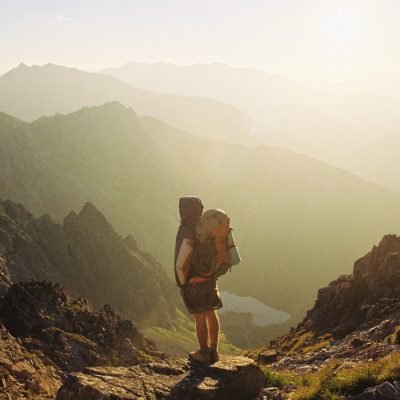
The ABC’s of packing a backpack
